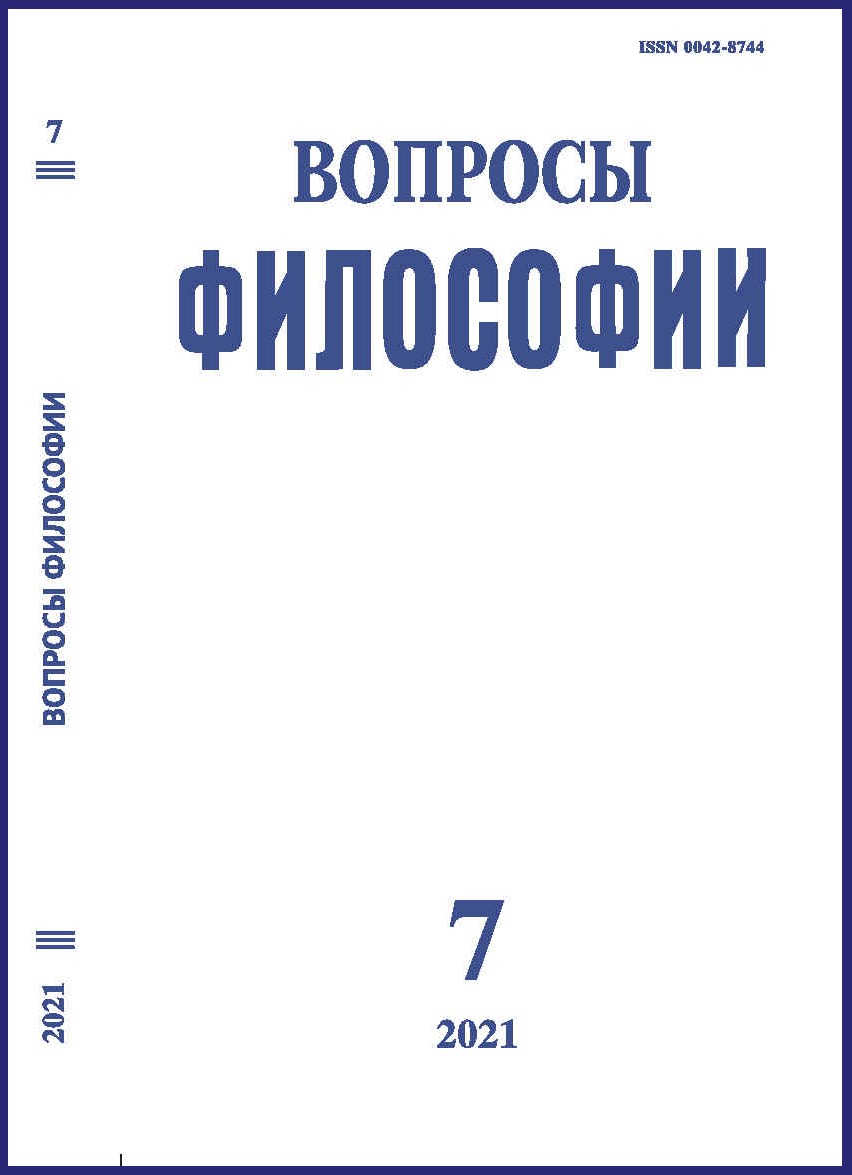The Doctrine of Śrī (Lakṣmī) and its Origins in Viśiṣṭādvaita-Vedānta
DOI:
https://doi.org/10.21146/0042-8744-2021-7-183-190Keywords:
Indian philosophy, history of philosophy, viśiṣṭādvaita-vedānta, ontology, śrī-vaiṣṇavism, Lakṣmī, Śrī, VedaAbstract
The doctrine of Śrī-tattva (ontology of the goddess Lakṣmī) in the philosophy of viśiṣṭādvaita-vedānta is one of the most disputable. It raises a number of questions within the tradition and from other philosophical schools. The Supreme Reality (Brahman) has its personified form, represented as Viṣṇu with his spouse Śrī. However, it is not always clear whether the goddess acts autonomously, or she is completely subordinate to God. Whether it is the potency of God, the metaphysical principle, or she is the Supreme deity along with Viṣṇu. This doctrine became one of the most disputable between the Tengalai and Vadagalai śrīvaiṣṇava schools of the South India in the 13th – 14th centuries. The ācāryas criticized various theories about Lakṣmī in the debates and in their works, as to her being the means of liberation (mokṣa), as to her being Paramātmā or just a part of Brahman, as to her being infinite etc. Viśiṣṭādvaita’s philosophers quote the Vedic texts and Pāñcarātra samhitas as the most authoritative sources of knowledge when they explain this doctrine. This article discusses references in these texts to Śrī-Lakṣmī, its nature, attributes and functions, as well as its status in relation to Nārāyaṇa and the Universe.

